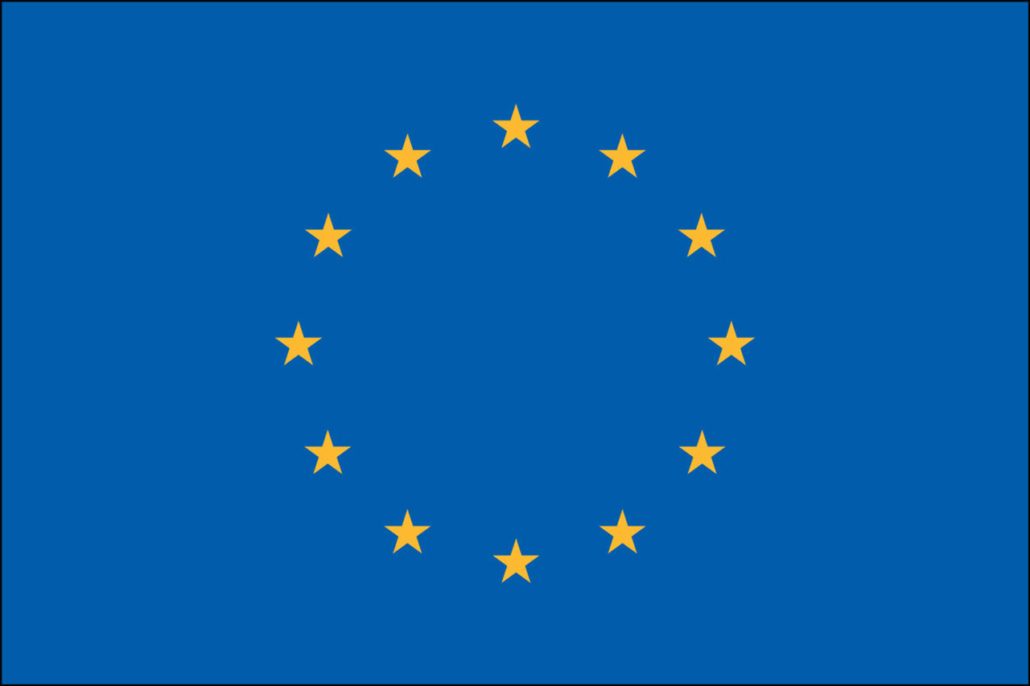From Nature:
Europe’s sweeping chemicals law, sometimes described as its most complex piece of legislation, was meant to regulate thousands of common substances to protect people and the environment from harm. But four years after REACH (registration, evaluation, authorization and restriction of chemicals) came into force, the burdensome, costly law is beginning to look strangely toothless. Evidence seen exclusively by Nature shows that companies have failed to fill gaps in safety data — and European regulators have done little to pressure them.
REACH requires companies that produce or sell chemicals in the European Union to register toxicity data on the compounds and outline any new tests needed to clarify their biological effects, especially on reproduction and the development of offspring. Before REACH, these costly tests — multigenerational rat studies can cost up to €2 million (US$2.8 million) per chemical — were rarely performed in Europe because the previous law required them only for substances produced in very large quantities. Switching to the REACH system was predicted to trigger millions of extra animal tests (see Nature 460, 1065; 2009), so companies were also expected to propose alternative methods wherever possible to minimize the use of animals.
The legislation requires companies to compile all safety information and planned tests into dossiers, one for each chemical, and submit them to REACH’s regulator, the European Chemical Agency (ECHA), based in Helsinki. The ECHA has little power to enforce the regulations, however, leaving any penalties for non-compliance to individual governments.
Dossiers for more than 3,200 of the most ubiquitous chemicals have been filed with the agency, with more to come over the next seven years.
Costanza Rovida, a consultant chemist based in Varese, Italy, has now analysed summaries of 200 of these dossiers, chosen at random. She plans to analyse a further 800 summaries and present the findings at the 8th World Congress on Alternatives and Animal Use in the Life Sciences in Montreal, Canada, in August. But already, Rovida has uncovered a host of problems.
Commissioned by the European arm of the Center for Alternatives to Animal Testing (CAAT) at the University of Konstanz, Germany, her research shows that many dossiers rely heavily on old data and fail to suggest new tests, and that few include any mention of non-animal testing methods (see ‘Mind the gap‘). The ECHA acknowledges that there is room for improvement. “Industry has not taken full responsibility for the quality of data,” says Jukka Malm, director of regulatory affairs at the ECHA.
Click on the above link for the complete article.

